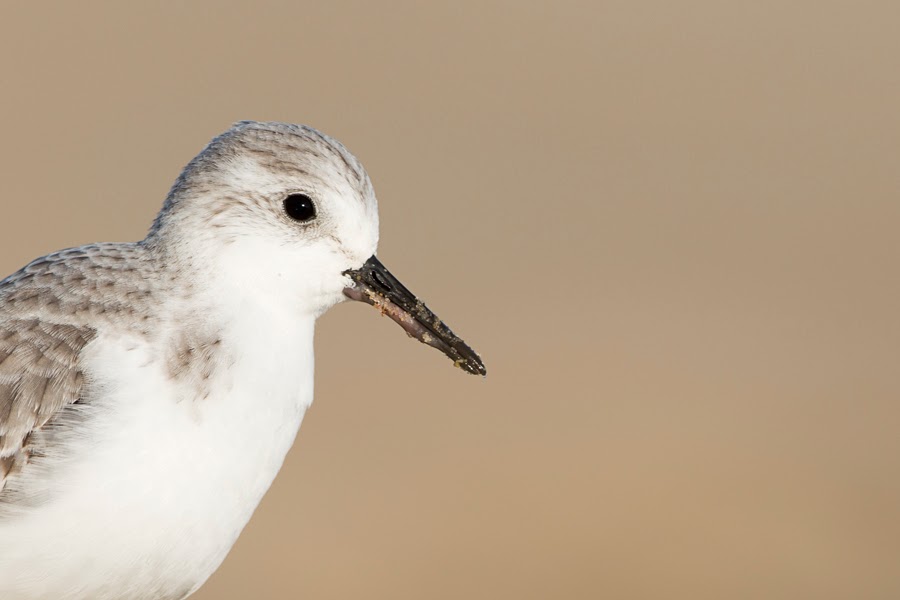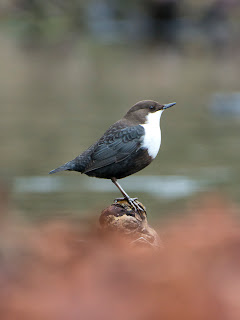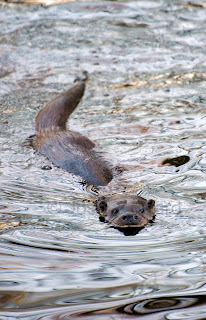Today I went out to photograph a Purple Sandpiper, Great Crested Grebe and find a few more potential locations around Norfolk. I didn't find time in the end to photograph the Grebes due to my early morning encounter with a Barn Owl.
While out looking at potiental sites for photographing Marsh Harriers, I realised there was a Barn Owl hunting over the next field. So I took cover under a tractor, on the side of the field and watched the owl for about 20 minutes. I soon began to see its routine and behaviour: hunting up and down the reeds in the middle, then resting at the end of the field for a couple of minutes. I used this detail to get a closer encounter. When the owl was resting, I slowly moved and tucked myself into the reeds. After waiting a while the owl suddenly took off again and start heading along the reeds. This happened on a couple of occasions and allowed me to get these shots.
 |
| Barn Owl hunting |
 |
| Barn Owl flying straight towards me |
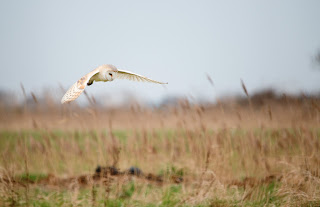 |
| Barn Owl searching for food |
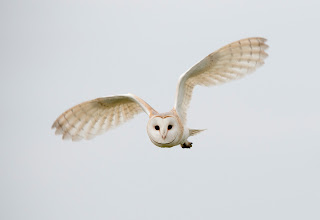 |
| Looked straight at me when my camera went off |
 |
| Soaring Barn Owl |
While this was all happening I suddenly caught sight of a Short Eared Owl in the next field hunting, but I couldn't leave because it would have scared the Barn Owl. This would mean it could be more cautious in the future, so I sat and watched.
After this unexpected encounter I went off to look for the Purple Sandpiper. I had seen it a week prior on a birding trip with
Norfolk Birding. It didn't take long to find it again, hiding amongst a group of Turnstones. I positioned myself along the coastline and waited for the birds to come to me. The first time I did this, a Golden Labrador decided to jump on my back and scared off all the birds which was extremely annoying. Nevertheless I waited an hour and they returned and managed to get a few shots:
 |
| Purple Sandpiper eating |
|
 |
| Purple Sandpiper portrait |
 |
| Purple Sandpiper | |
 |
| Purple Sandpiper hiding |
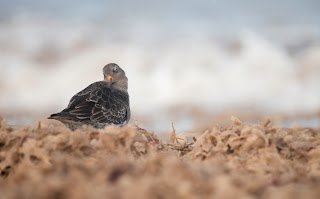 |
| Purple Sandpiper preening |
 |
| Turnstone eating |
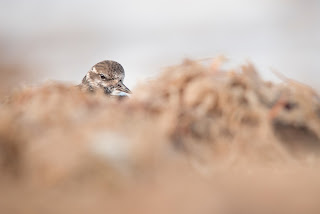 |
| Keeping an eye on me |
 |
| Turnstone | |
So overall not a bad day at all, shame I didn't get the Grebes, there'll be a next time. Don't forget to like my
Facebook page or follow me on
Twitter
This would be much appreciated. Thanks.
Tips:
- Always take time to study the bird or animal's behaviour. It will pay off in the long run.
- Check large groups of Waders because some of the time there will be a rarer species among them.
- With Waders, watch their route along the shore and position yourself further along. Have patience and they will come to you.
- Always go on scouting days because locations change regularly.
Hope you enjoyed the blog, more images to come soon.

